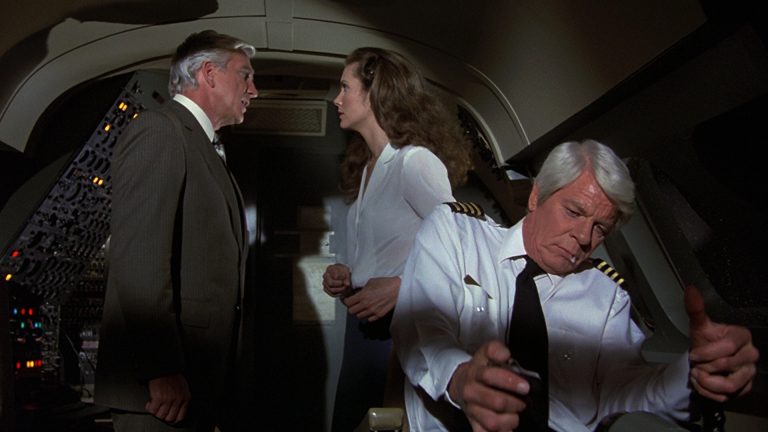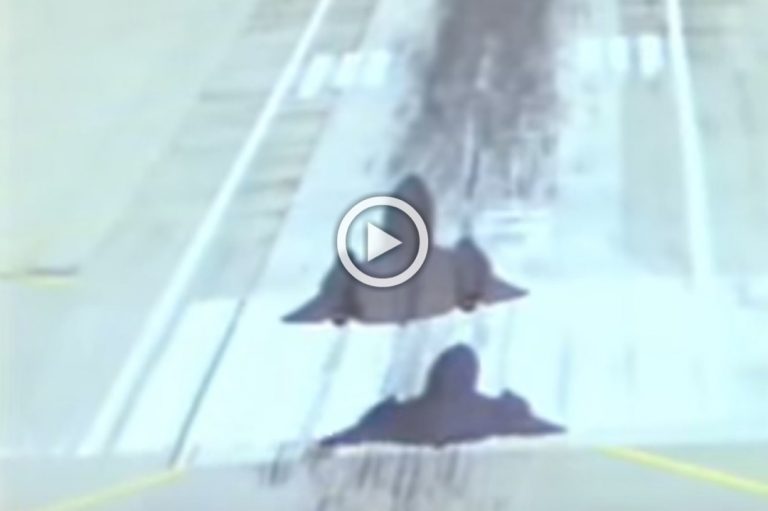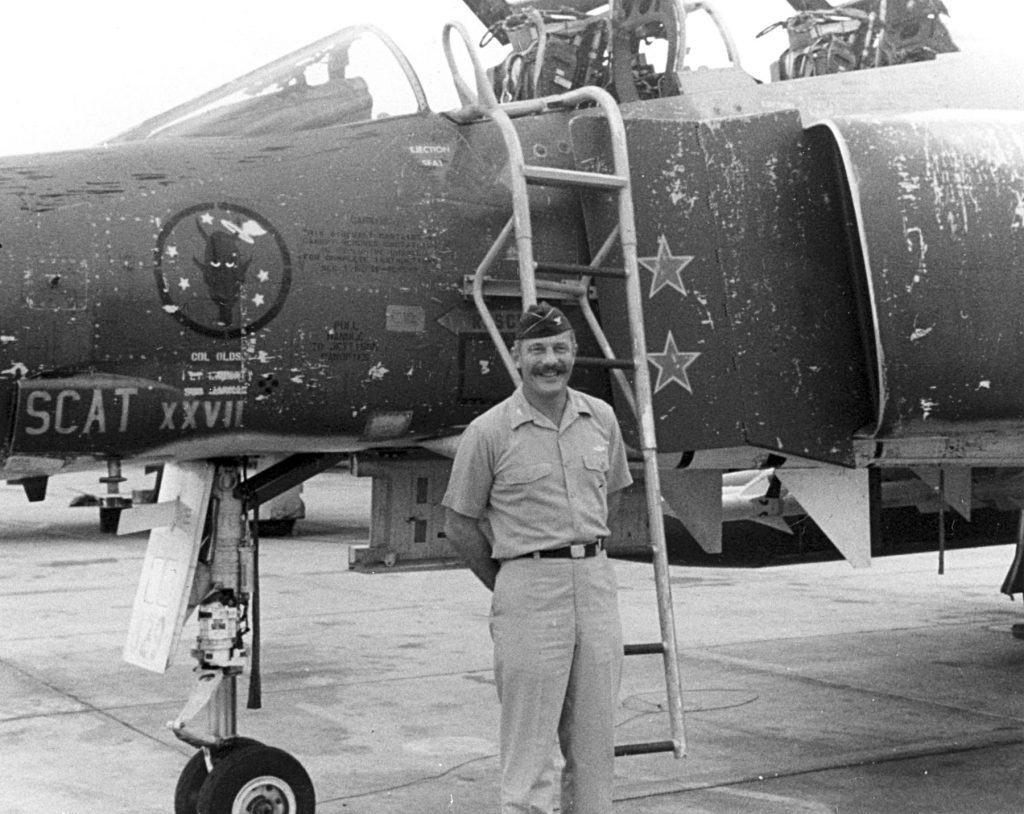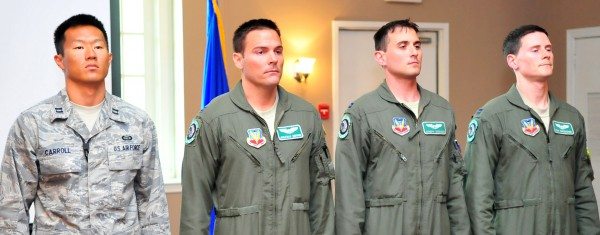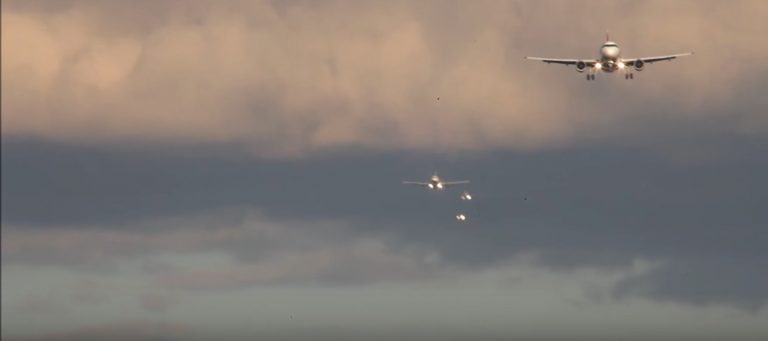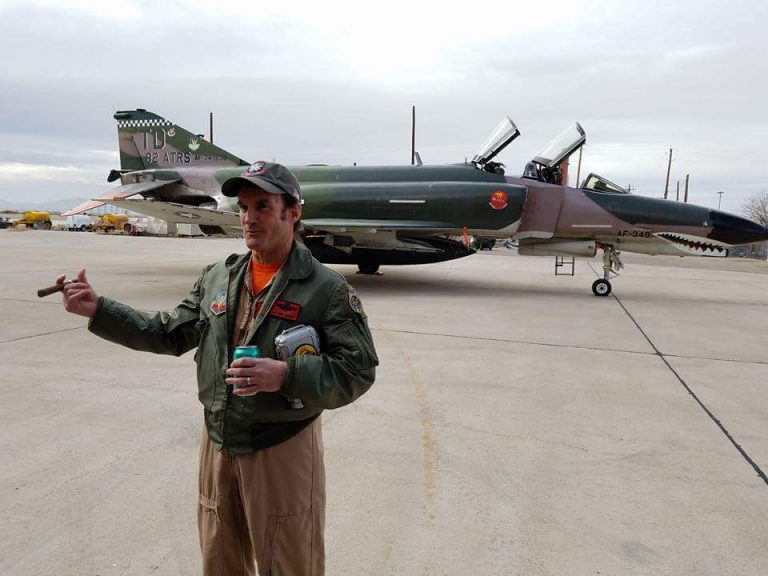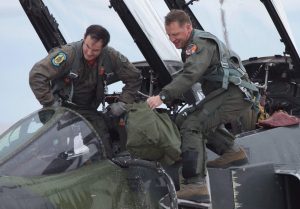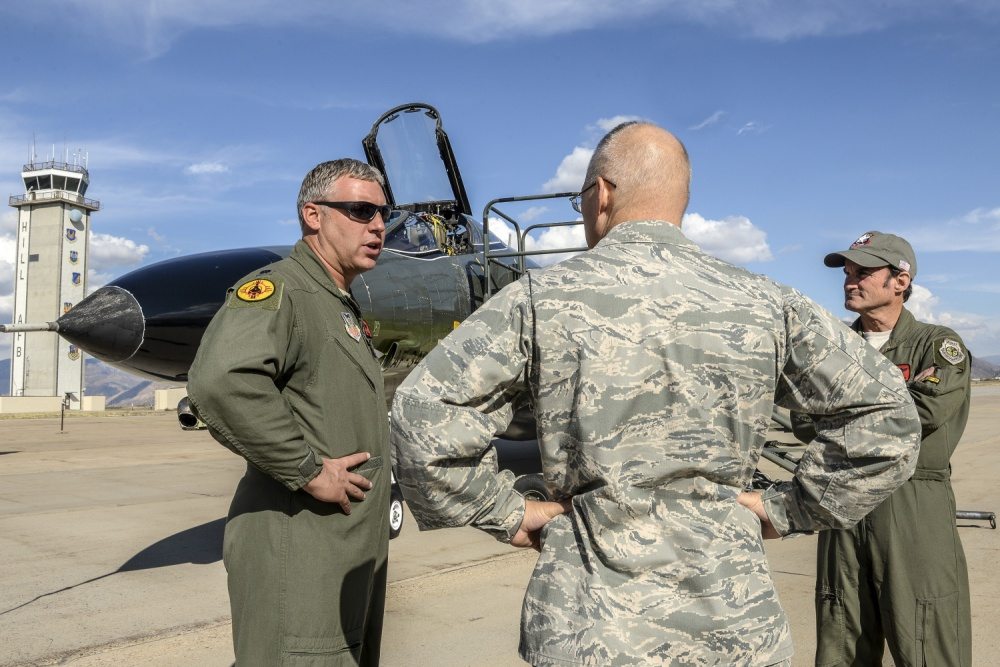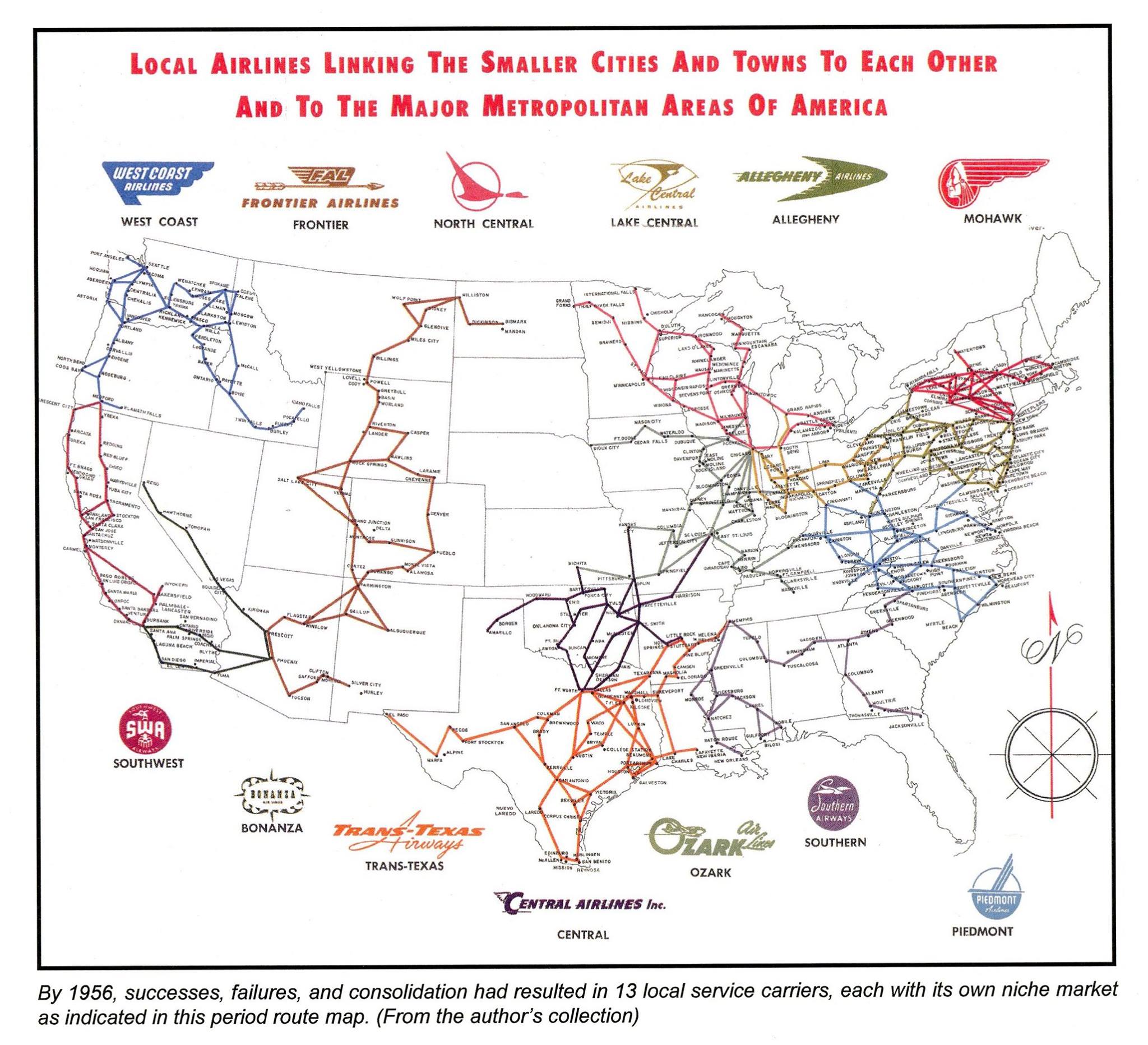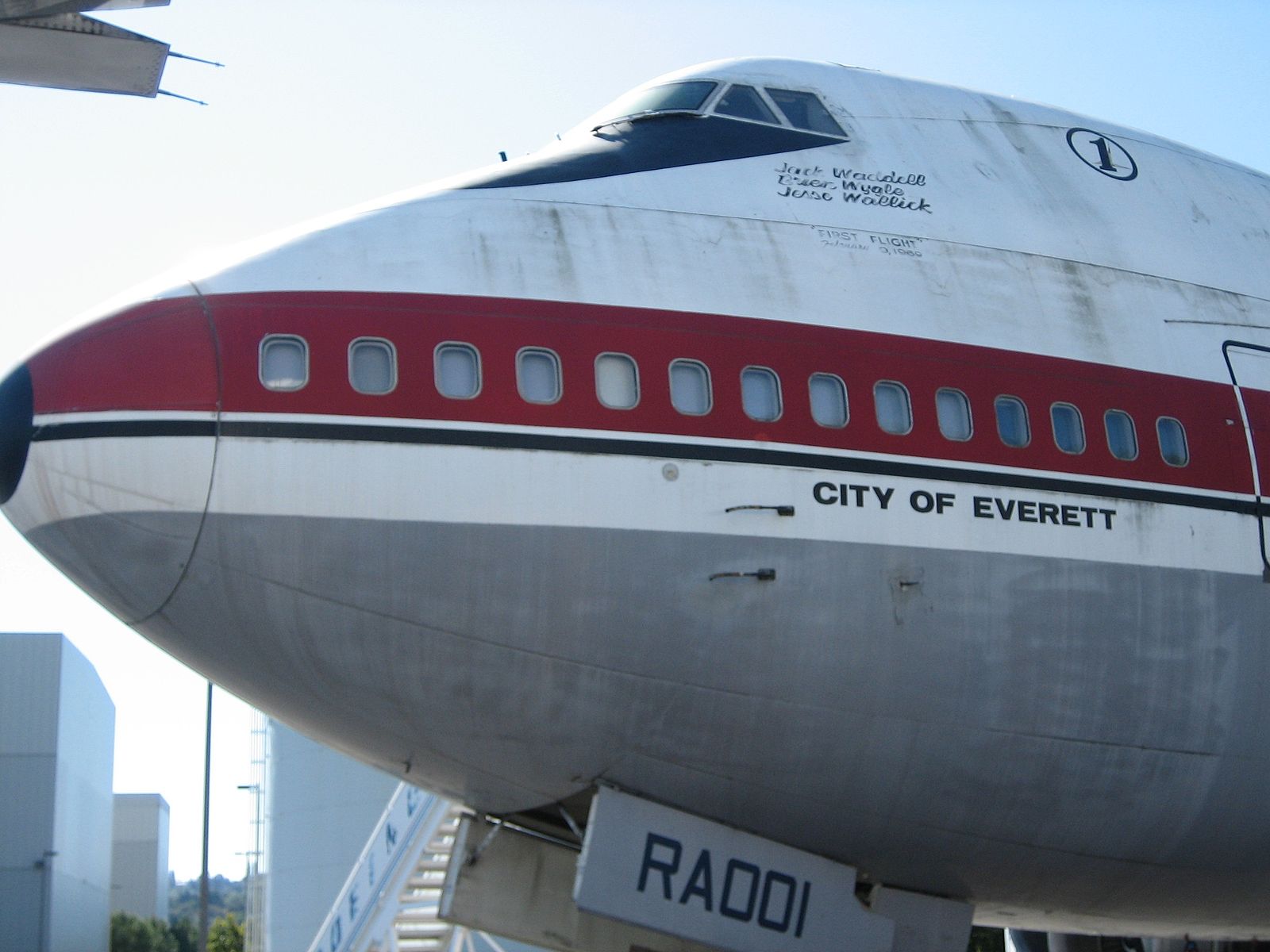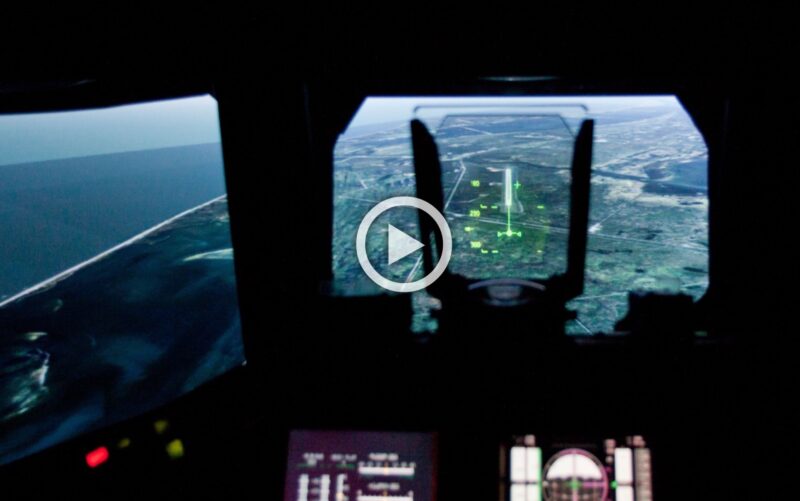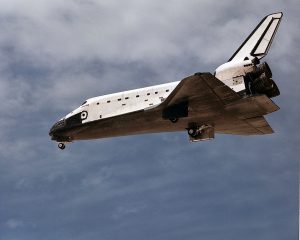A pilot who is just a little ‘under the weather’ isn’t someone you want at the controls.
To be fair, I really do have a bit of a cold. It started the day before my trip with some sneezing and a headache. It’s really nothing most workers would consider staying home for. A daytime Theraflu has got me feeling almost fine, but I still didn’t go to work. Instead, I called scheduling to get myself pulled off my trip and replaced. Now I’ve got some extra time to write a blog post. Am I lazy or is this a good call?
You Don’t Want Me Flying Your Plane
Though it may sound like I’m milking the system, trust me when I say that you do not want me anywhere near your airplane for a number of reasons. The first, obviously, is that I’m not 100%. Flying places enough physiological stress on a body as it is. Disrupted circadian rhythms, fatigue, dodgy airport food, and dehydration from hours in dry airplane air can all contribute to a degradation of the alertness which is needed to operate an airliner.
Throw in additional stressors such as congestion, or a headache and effectiveness in the cockpit can drop precipitously. My experience has been that no matter how you feel while sitting in your kitchen, you will always feel worse on an airplane, medically speaking. A bit of an itchy nose is guaranteed to become a non-stop sneezing fit on the airplane. So if I’m feeling a bit off at home, I don’t go in.
Almost as important as the underlying illness, the drugs taken to combat the symptoms of a cold or flu are themselves disqualifying for operating a commercial airliner. The FAA does not publish a list of medicines which pilots are allowed to take while operating an airliner, but would rather have each individual pilot with a medical complaint be evaluated by a doctor. Then a determination should be made as to whether the pilot should be flying with that medication. Some common ones are approved, while others are not.
For simple ailments such as a cold or the flu, pilots are expected to remove themselves from flying until they feel fit to fly. As far as the over the counter drugs for a cold are concerned, the FAA recommends a wait of five times the recommended dosing interval. This means that if the directions suggest a certain dose of say every six hours, a pilot should wait five times that, or 30 hours before operating an aircraft.
Pilots and Doctors: An Uneasy Relationship
All pilots, whether civilian or military, need the approval of a doctor to be able to fly. But because doctors can ground pilots, this means that pilots are never too comfortable around doctors. Airline copilots or first officers in the US are required to get an annual FAA Class II medical exam. Captains and international pilots need to have an FAA Class I medical exam every six months. All airline pilots require a Class I medical after age 60 and an electrocardiogram is required annually after age 40.
The idea here is to catch any sort of medical problem before it manifests itself while the pilot is behind the controls. If something should be found that is disqualifying, such as say complete color blindness, there isn’t much that a pilot can do. For many other ailments, however, a pilot can appeal their case to the FAA’s Office of Aerospace Medicine for the issuance of a waiver, otherwise known as a Special Issuance.
In this case, a pilot would be able to continue to fly using a “Statement of Demonstrated Ability” which means that whatever ailment they have is considered to be static or non progressive. In plain speak this means it is not getting worse nor affecting the ability to fly.
The unease which pilots have around doctors stems from the perception of misaligned incentives. If something during a flight physical is found to be in a grey area, the pilot will naturally want to keep flying, while the doctor would rather err on the side of keeping the pilot grounded. There is good reason for this as the doctor could be held responsible for missing something which causes trouble later. Here’s the text from the FAA’s guide for aviation medical examiners (AMEs):
The consequences of a negligent or wrongful certification, which would permit an unqualified person to take the controls of an aircraft, can be serious for the public, for the Government, and for the Examiner. If the examination is cursory and the Examiner fails to find a disqualifying defect that should have been discovered in the course of a thorough and careful examination, a safety hazard may be created and the Examiner may bear the responsibility for the results of such action.
So of course this makes pilots naturally wary about reporting every little ache and pain during their flight physical. They don’t want to lose their livelihood for what they might perceive as overreach on the part of an overly cautious doctor. Pilots also tend toward stoicism as a general rule, so keeping quite about a random ache, especially when it might ground them, suits them just fine.
A Flight Doc and a Real Doc
Most aviation medical examiners, or flight docs, do not work for the FAA. They are usually physicians in private practice who have volunteered and are designated and trained by the FAA to perform flight physicals. It seems to be a somewhat lucrative practice as the physical itself usually takes about a half hour with about ten minutes of that time actually being spent with the doctor. The cost is around $150 cash as many AMEs do not take insurance. I even know of some AMEs who have shut their general medicine practices and now perform only FAA physicals.
Of course it is now generally recognized that avoiding the doctor is not really a good long term health care strategy. Pilots (begrudgingly) accept this as well, but rather than confessing all their health issues to their AME, they engage another or “real” doctor to check things that aren’t included in the FAA medical exam. This might include things like a prostate exam or perhaps a closer look at a discolored mole.
Truth be told, the AMEs I’ve seen over the years have never seemed too thrilled to have these sorts of ancillary medical issues raised in an FAA examination. The idea is to check the things on the FAA list, collect their fee, and usher in the next pilot. They get it. Should a complaint which is ancillary to the flight physical be investigated and found to be nothing by the non-FAA doc, all the paperwork of having to deal with the FAA bureaucracy is also conveniently avoided. In fact, in the competition between AMEs, the word quickly gets out on the street about which docs just check the essentials and which ones are “tougher”.
So do I mean to suggest that pilots or flight docs are somehow “cheating” the system? Absolutely not. Should a serious issue be found by a non-FAA doc, pilots are legally obligated to inform their AMEs of all medical care other than routine physicals, so even the FAA recognizes that their own exams are not all encompassing. It is the false alarms and paperwork that are being bypassed.
Went Peacefully
There’s an old aviation joke that goes: “When it’s my turn to go, I want to go out peacefully in my sleep like ol’ Joe…not screaming in terror like his passengers”.
Yes, macabre, but there have been a number of times that a pilot has died at the controls. The latest incident happened just over a year ago when the 57 year old captain of an American A-320 died while en-route from Phoenix to Boston. The pilot had had bypass surgery years earlier and likely suffered a heart attack even though he had been flying for years after the surgery. The first officer landed the plane without incident.
Keep ’em Flying
So even though there exists some measure of disaffection between pilots and doctors, I believe the system functions well to ensure that only healthy pilots are at the controls. For those pilots who end up with serious health issues such as heart problems, or cancer, the bureaucratic wheels at the FAA can turn slowly, but they do eventually turn and many pilots who have suffered these types of problems can get back into the cockpit once their problems have resolved.
Flying airplanes demands complete attention from alert and healthy pilots. With all the negative physiological stresses on members of this profession, having someone keep an eye on the pilot’s health while he or she keeps an eye on your airplane maintains the high integrity and safety of today’s aviation system.

